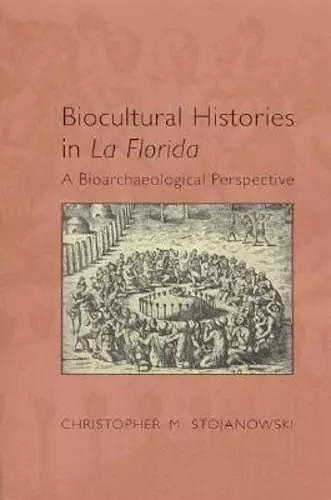Biocultural Histories in La Florida
A Bioarchaeological Perspective
Christopher M Stojanowski author
Format:Paperback
Publisher:The University of Alabama Press
Published:1st Jan '06
Currently unavailable, and unfortunately no date known when it will be back

This book examines the effects of the Spanish mission system on population structure and genetic variability in indigenous communities living in northern Florida and southern Georgia during the 16th and 17th centuries. Data on tooth size were collected from 26 archaeological samples representing three time periods: Late Precontact (1200-1500), Early Mission (1600-1650), and Late Mission (1650-1700) and were subjected to a series of statistical tests evaluating genetic variability. Predicted changes in phenotypic population variability are related to models of group interaction, population demography, and genetic admixture as suggested by ethnohistoric and archaeological data. Results suggest considerable differences in diachronic responses to the mission environment for each cultural province. The Apalachee demonstrate a marked increase in variability while the Guale demonstrate a decline in variability. Demographic models of population collapse are therefore inconsistent with predicted changes based on population genetics, and the determinants of population structure seem largely local in nature. This book highlights the specificity with which indigenous communities responded to European contact and the resulting transformations in their social worlds.
Stojanowski's work is like man's DNA, the structure of a lifeform, but here it is the structure or glue that holds together the historic puzzle with its Apalachee, Timucua, Guale, and Spanish pieces that other scholars have been trying to put together. - Keith P. Jacobi, author of Last Rites for the Tipu Maya
ISBN: 9780817352677
Dimensions: unknown
Weight: 362g
256 pages